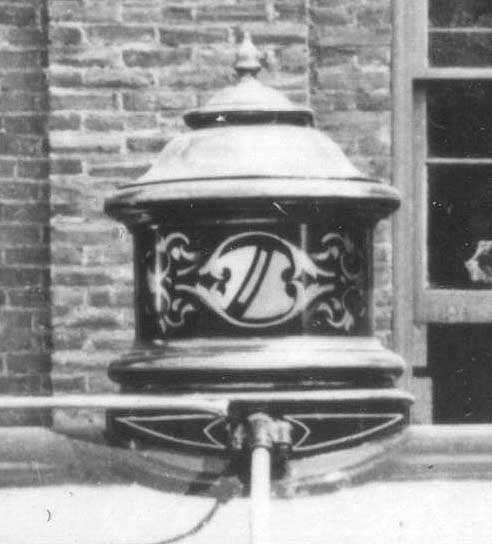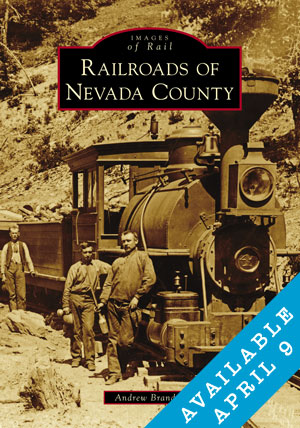

The Baldwin Styles
The Colour & Architecture of US Locomotives
By David Fletcher.
Introduction | Part 1: Origins | Part 2: Baroque Revival | Part 3: Development of Standards | Part 4: Case Studies
Part IV - Case Studies.
Case Study - The evolution of Baldwin Sand Box decoration.
The following are is a photographic progression of sand box decoration from the late 1860s through to Baldwin's Style 1 sand box of 1874. These are some very brief examples. During the period 1868 - 1875 Baldwin displayed many versions and variations of sand box decoration.
Baldwin decoration of the late 1860s was typically painted 3D scroll work effect, including painted highlight and shadow of baroque influence. This 1868 and 1869 example includes an stylized leaf patterns and central detail of almost Celtic origin.
 |
| Baldwin 1868. |
 |
| Baldwin 1869. |
 |
| Another example of 3D decorative effect on the sand box of an early 1870 2-6-0. |
 |
| A tank engine from 1870. |
 |
| Arabesque and 2D geometric design is applied to the sand box in this example from December 1870. |
 |
| A typical Sandbox of 1871, complete with arabesque decoration. |
 |
| Another typical Sandbox of 1871, complete with arabesque decoration. The dome side is decorated in classic Style 1 detail; however the top is decorated with the petal pattern of the early 1870s. |
 |
| A style 1 sandbox of 1875 showing the typical Style 1 top detail, but with a different arabesque to the sand box side - Baldwin 'Style 1' decoration was known to vary considerably. |
 |
| The typical 1875 style 1 sand box design as restored on the 1876 4-4-0 'Sonoma'. |
 |
| An 1869 tender detail, indicating the oval tender side linework, 3D baroque decorative patterns within, and outer border of red with curved and chamfered leading edge. |
 |
| An 1870 example, indicating the tender side oval rimmed in possibly red and white linework, with 3D scrollwork effect at the leading edge of baroque leafy effect (later to be replaced by Arabesque of Moorish influence). |
 |
| By 1871 the same oval design concept is now decorated at the leading edge with the arabesque in 2D decoration of Moorish tradition. The arabesque with horizontal linework at the center is quite similar to the Style 1 hand painted decoration in the style book itself of 1874. |
 |
| The Restored 1875 Baldwin 4-4-0 with complete Style 1 decoration to the tender sides indicates one variation of many used on the tender sides in this era for style 1. The origins of this decoration are evident in the previous examples. |
Please use the navigation links below to continue to the next section.
Introduction | Part 1: Origins | Part 2: Baroque Revival | Part 3: Development of Standards | Part 4: Case Studies
References:
The Baldwin Locomotive Works 1831-1915, John K. Brown.
Narrow Gauge Locomotives - Baldwin Locomotive Works Catalogue, 1876.
Narrow Gauge Locomotives - Baldwin Locomotive Works Catalogue, 1877.
The Baldwin Locomotive Works, Catalogue of Locomotives, 1915.
The Prospector - The Rio Grande Modelling & Historical Society Journal, Vol 3, No. 3, "Glory in the Rockies: Locomotive Paint Schemes of the Denver & Rio Grande, 1871 -1881", Jim Wilke and Jon Davis.
Special Thanks.
None of this work could have been done without the support and expert advice from Railroad Historian, Jim Wilke in the US.
California State Rail Road Museum Library, Sacramento - Special thanks to Librarian Cara Randall - She has been central to my research into the styles used on these locomotives, obtaining the spec sheets, style numbers and copies of the style cards.
DeGolyer Library - Southern Methodist University, Texas. - Special thanks to Cynthia Franko, assistance in obtaining spec sheets and class lists.
Stanford University Library - Courtesy of the Department of Special Collections and University Archives - Colour Scheme paint book info.



